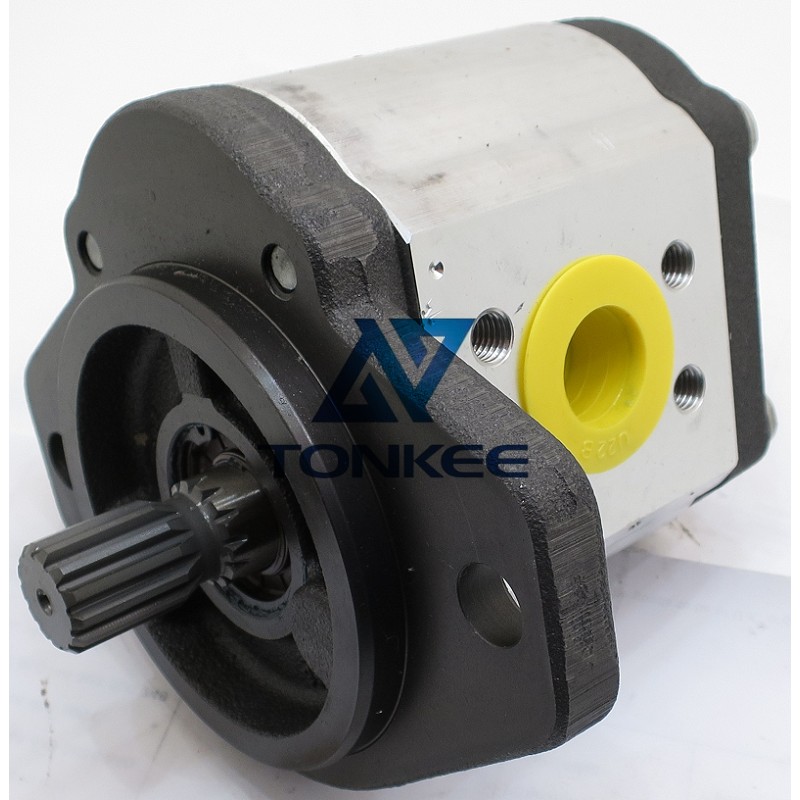
Displacement: The pump has a fixed displacement, typically measured in cubic inches per revolution (in³/rev) or cubic centimeters per revolution (cc/rev).
The exact displacement may vary depending on the specific model and application requirements.
Operating Pressure: These pumps are built to withstand high operating pressures, typically ranging from 2,000 to 3,000 psi (138 to 207 bar). Some variations may handle even higher pressures.
Materials: The pump's housing and gears are typically constructed from high-quality materials such as cast iron, aluminum, or steel to ensure durability and resistance to wear and tear.
Mounting Options: The 5B1 57010BOS pump offers various mounting options, including flange, foot, and SAE mountings, making it adaptable to different installation needs.
Rotation: It is available in both clockwise and counterclockwise rotations to suit various system requirements.
Construction:
The 5B1 57010BOS hydraulic gear pump consists of several key components:
Housing: The pump's housing, usually made from durable materials, houses the internal components and provides structural integrity.
Gears: The heart of the pump, it comprises two gears, the driving gear (usually connected to the motor) and the driven gear. These gears mesh together to create a seal between inlet and outlet ports, ensuring the movement of hydraulic fluid.
Inlet and Outlet Ports: These are the points where hydraulic fluid enters and exits the pump. The design and placement of these ports may vary depending on the pump model.
Shaft: The shaft connects the driving gear to the motor or power source, transmitting rotational motion.
Working Principle:
The 5B1 57010BOS hydraulic gear pump operates based on the principle of positive displacement. As the motor turns the driving gear, it rotates the driven gear, creating a void between the gear teeth. This void draws in hydraulic fluid from the inlet port. As the gears continue to rotate, the fluid is trapped in the gear teeth and carried to the outlet port, where it is forced out under pressure. The continuous meshing and movement of the gears create a steady flow of hydraulic fluid, providing power to the hydraulic system.